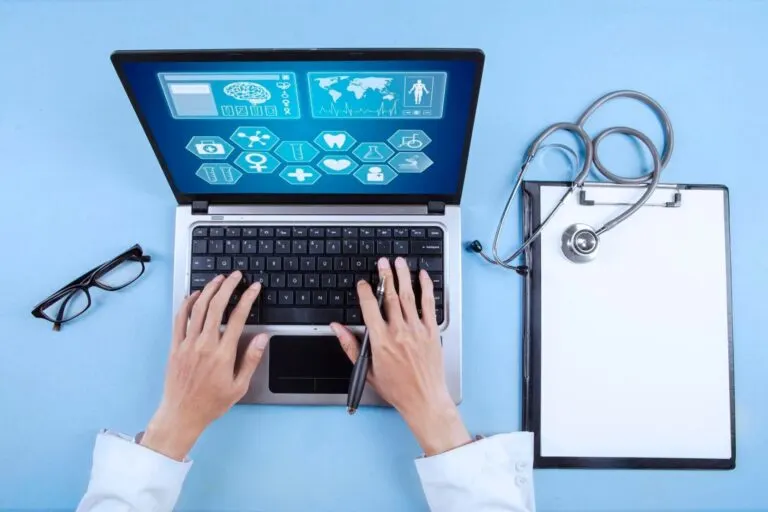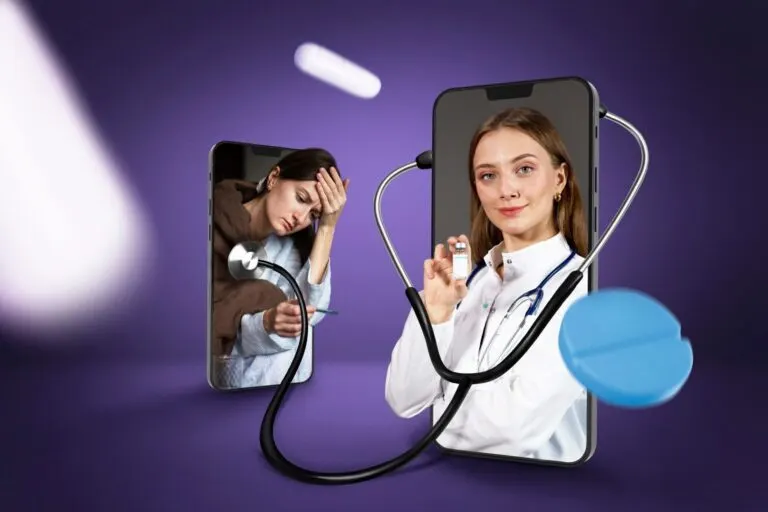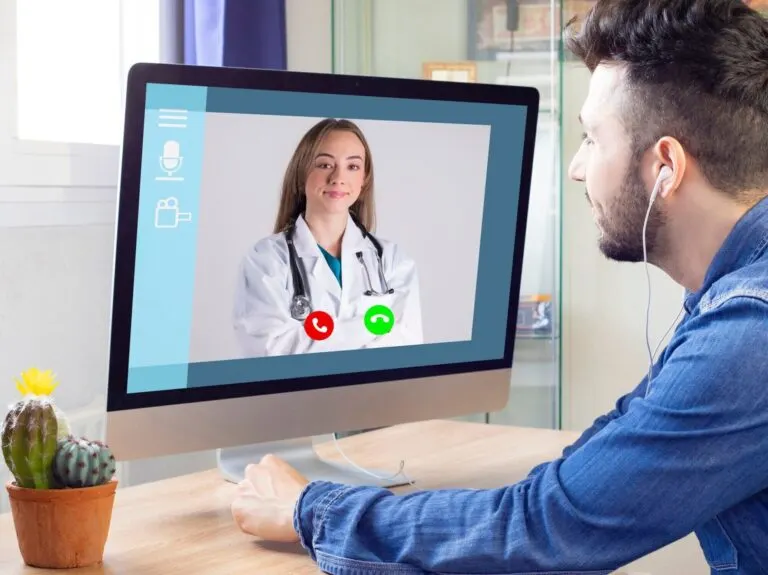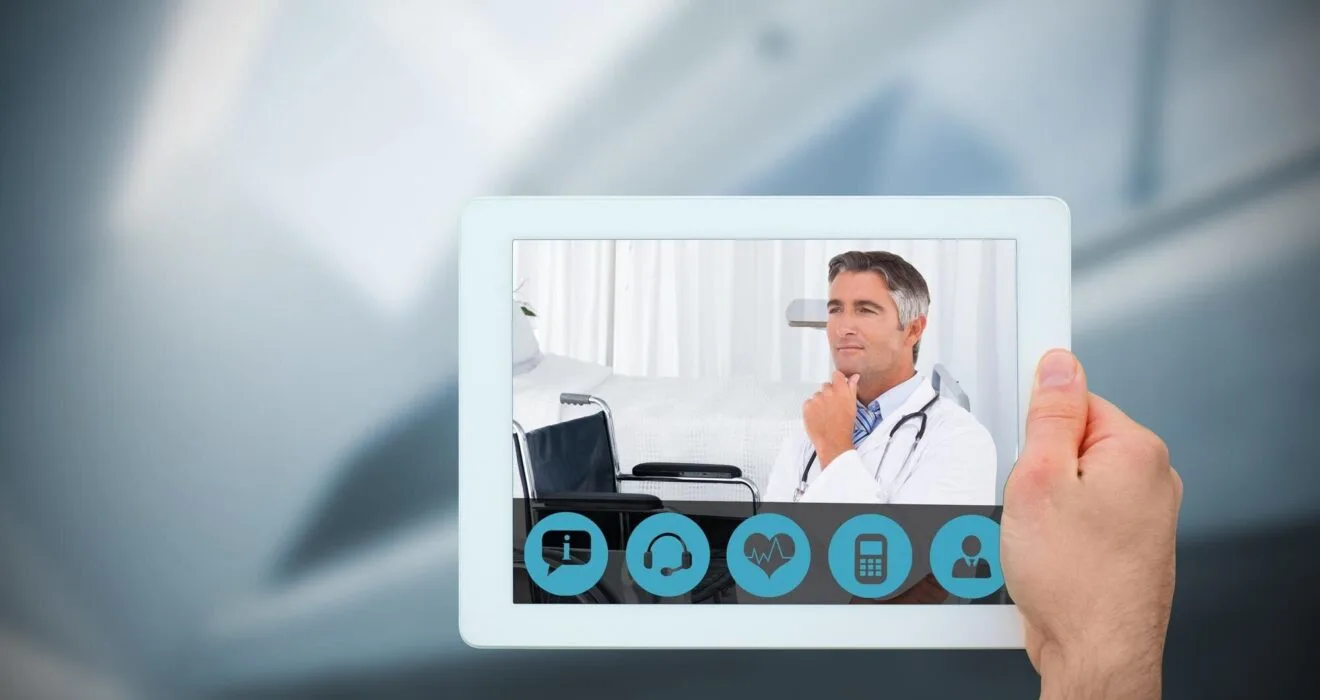The Role of Telemedicine in Modern Healthcare
1. Overview of Telemedicine
Telemedicine has revolutionized the healthcare industry by enabling remote consultations, improving patient access to care, and enhancing medical efficiency. By leveraging IT consulting, cybersecurity, cloud computing, IT services, software development, managed IT services, network security, IT support, data security, and IT solutions, telemedicine platforms provide secure, real-time communication between patients and healthcare providers. Cloud-based solutions ensure seamless data access, while strong cybersecurity measures protect sensitive patient information. Telemedicine reduces hospital visits, enhances patient engagement, and allows for timely medical interventions, making it a crucial component of modern healthcare. As technology continues to evolve, telemedicine is set to further transform the way healthcare services are delivered globally.
Definition of Telemedicine
Telemedicine is like FaceTiming with your doctor, but with a medical purpose. It allows patients to consult with healthcare providers remotely, using technology like video calls and messaging.
Evolution of Telemedicine
From carrier pigeons to high-speed internet, telemedicine has come a long way. It’s evolved to include video consultations, remote monitoring, and even AI algorithms that can help diagnose medical conditions. The future is here, folks.

2. Benefits of Telemedicine in Healthcare

2.1 Improved Access to Healthcare
Telemedicine breaks down barriers like distance and time zones, making it easier for people to get the care they need. No more waiting weeks for an appointment—help is just a video call away.
2.2 Cost-Effectiveness and Efficiency
By skipping the waiting room and slashing travel costs, telemedicine can save you time and money. Plus, doctors can see more patients in less time, keeping everyone happy and healthy.
2.3 Enhanced Patient Outcomes
With regular check-ins and remote monitoring, patients can manage their health proactively. IT services, cloud computing, and software development enhance telemedicine, while cybersecurity and data security protect patient information. With managed IT services, IT support, and network security, telemedicine ensures seamless and secure healthcare access.
3. Challenges and Limitations of Telemedicine
3.1 Technological Barriers
Not everyone has access to high-speed internet or the latest gadgets, making telemedicine challenging with frozen screens and glitches. Reliable IT services, cloud computing, and managed IT services ensure seamless connectivity, while cybersecurity and data security protect patient information. With IT support, network security, and IT solutions, telemedicine can become more accessible and efficient.
3.2 Privacy and Security Concerns
Sharing personal health information over the web can raise some eyebrows. From hackers to nosy neighbors, keeping your data safe and sound is a top priority in the world of telemedicine.
3.3 Regulatory Hurdles
Navigating the maze of healthcare regulations can make even the most tech-savvy doctor’s head spin. Telemedicine providers have to jump through hoops to make sure they’re following all the rules and keeping patients safe.

4. Telemedicine Technologies and Platforms
4.1 Video Conferencing and Remote Monitoring
Say goodbye to crowded waiting rooms and hello to virtual check-ups. With video calls and remote monitoring devices, doctors can keep tabs on your health from afar.
4.2 Mobile Health Applications
From tracking your steps to monitoring your blood sugar, there’s an app for just about everything these days. Mobile health apps put your health in the palm of your hand, literally. Behind these innovations are IT services, software development, and cloud computing, ensuring seamless functionality and accessibility. Strong cybersecurity and data security measures protect sensitive health information, while managed IT services and IT support keep these apps running smoothly. IT consulting helps optimize performance, and robust network security ensures safe data transmission. With cutting-edge IT solutions, mobile health apps continue to revolutionize personal healthcare management.
4.3 Artificial Intelligence in Telemedicine
AI isn’t just for sci-fi movies anymore—it’s revolutionizing healthcare. From diagnosing diseases to personalizing treatment plans, AI is a game-changer in the world of telemedicine
-
Telemedicine Regulations and Legal Considerations Telemedicine is like the rebellious sibling of traditional healthcare, pushing boundaries and breaking rules – but even this digital renegade has to play by some guidelines. Licensure and credentialing requirements make sure that the folks treating you through a screen are legit, reimbursement policies ensure that doctors get paid for their virtual house calls, and patient consent and data protection keep your personal info safe in the wild west of cyberspace.
-
Telemedicine in Specialized Healthcare Fields Just like how your favorite coffee shop offers more than just basic drip coffee, telemedicine isn't just about simple check-ups anymore. From mental health and telepsychiatry to bringing healthcare to far-flung corners of the world and helping manage chronic diseases, telemedicine is stepping up its game in specialized fields faster than you can say "video call with my therapist."
-
Telemedicine's Impact on Patient-Provider Relationships Virtual care might sound like something out of a sci-fi flick, but it's actually shaking up the way patients and providers interact. From boosting patient satisfaction by letting you see the doc in your PJs, to tackling communication challenges and building trust in remote care settings, telemedicine is changing the relationship between you and your healthcare team faster than you can say "Can you hear me now?"
-
Future Trends in Telemedicine The future of telemedicine isn't just about video calls and online prescriptions – it's about integrating with wearable devices to track your health round the clock, swooping in to help during emergencies and disasters with telemedicine superhero powers, and offering personalized solutions that make you feel like a VIP patient, even if you're just lounging in your living room.In conclusion, telemedicine represents a dynamic and innovative approach to healthcare delivery that continues to gain traction and evolve rapidly. As technology advances and regulatory frameworks adapt, the potential for telemedicine to improve access to care, enhance patient outcomes, and redefine the patient-provider relationship is promising. By staying attuned to these advancements and embracing the opportunities they present, the healthcare industry can harness the power of telemedicine to create a more accessible, efficient, and patient-centered healthcare system for all.



